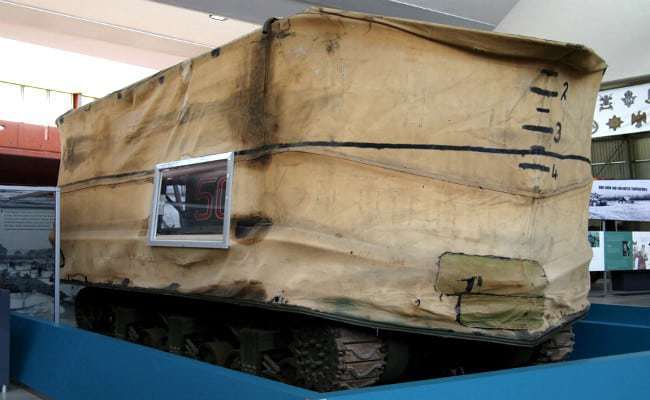Innovations and technological development profoundly characterized the Second World War. Each country did what they could to create the most powerful military equipment and weaponry. With the Allied forces pitted against Nazi Germany, each group sought their own way of outwitting the other. The Allied D-day Invasion peaked it all. In anticipating what would be the most important battle of the century, the Allied commanders made use of every technology that promised strategic advantage over the then powerful German forces. On their side, the Germans to made their share of innovative preparations. Here are 7 of these inventions.
7. Landing craft

The Allied troops used thousands of different types of landing craft to carry both men and equipment on D-Day across the English Channel. They used a broad variety of craft ranging from tiny Assault Landing Craft to giant Landing Ships. These landing crafts were self-contained to their level best, even having a kitchen to prepare food for the servicemen. Some were fitted with rockets while others only had guns. The landing craft enabled the Allies to transport not only troops but also heavy equipment to the heavily protected beaches previously not intended to receive such supplies. The development of specialized landing craft started early in World War II. Their use in such a great scale, however, happened only on D-Day.

